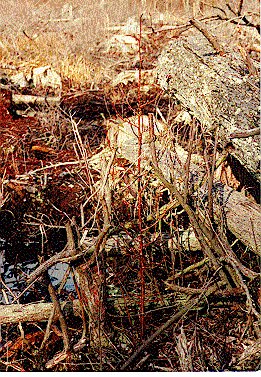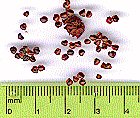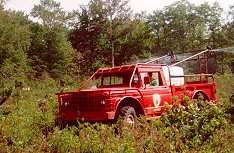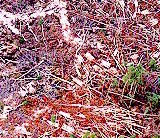 Overview of Stockton
regeneration experiments
Overview of Stockton
regeneration experiments 
 Overview of Stockton
regeneration experiments
Overview of Stockton
regeneration experiments 
In 1988, Richard Stockton College funded a pilot study to investigate the current research and extent of knowledge regarding Atlantic white-cedar in New Jersey.
In 1989, the New Jersey Department of Environmental Protection Funded a small study to further explore white-cedar research. In 1990, Professor Zimmermann received a grant from the N.J.D.E.P.'s Division of Science and Research to begin a five year comprehensive study of methods to regenerate white-cedar. Additional funding has been provided by the United States Forest Service and N.J.D.E.P.'s Forest Service. Some sites were given back to the State in 1996 and the experiments halted. A number of the study sites (Penn swamp, Colletti, Three-foot, and Bass River) are still being re measured. The first remeasurements are being conducted at the tenth year; with remeasurements to be done again either in 15 (2005) or 20 years (2010). These data should help fill in the blanks left by Korstian and Brush (1931) and others concerning the early changes in white-cedar and associated vegetation.
The study concentrated on four factors thought to influence white-cedar regeneration:
1. Deer browsing: Browsed cedar seedlings |
2. Adequate supply of cedar propagules: Cedar seeds |
3. Competition from other vegetation: Herbicide spraying |
|
4. Effects of logging slash: Logging slash |
|
The study manipulates these major factors in the following scenarios thought to contribute to the demise of white-cedar along its geographic range.
These scenarios and the sites chosen are:
FAILED CLEARCUT (the Colletti site)
SWAMP HARDWOOD CONVERSION (Belleplain, Bass River and Jackson sites)
ILLEGALLY LOGGED / DISTURBED SITES (the Three-foot site)
RECENT CLEARCUT (the Penn Swamp site)